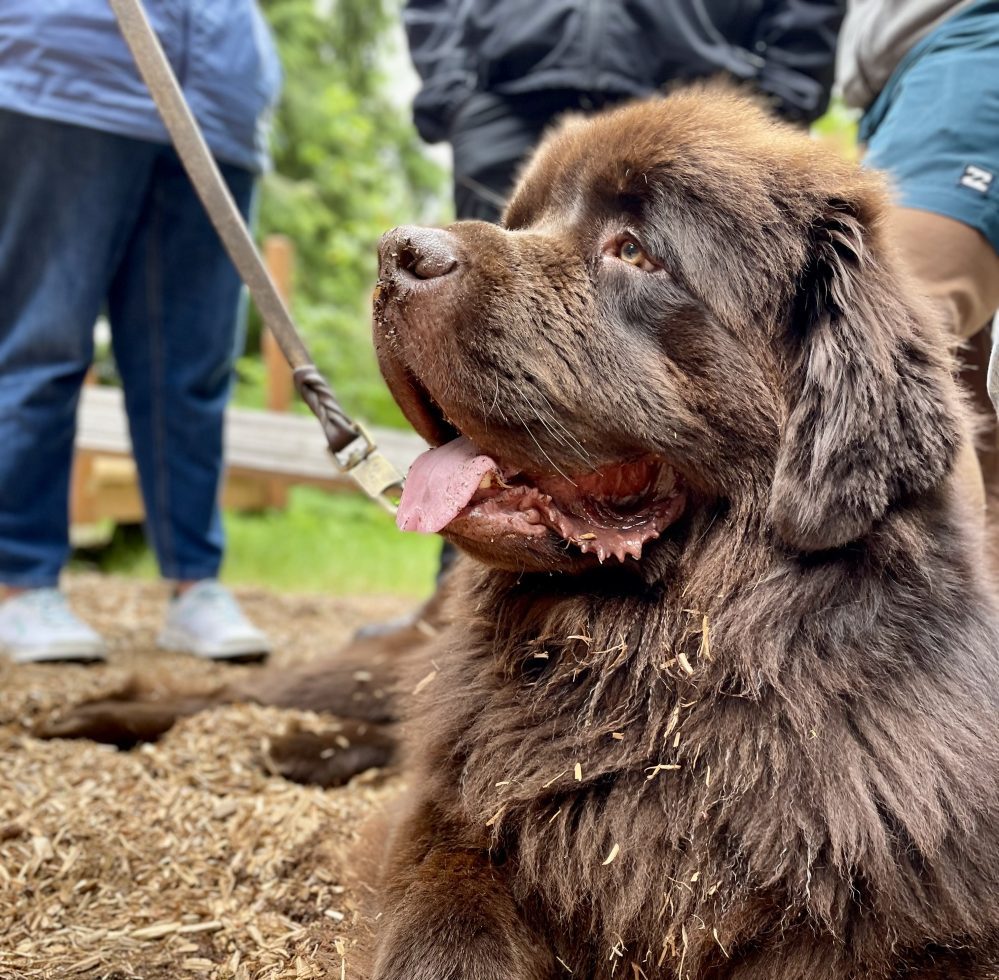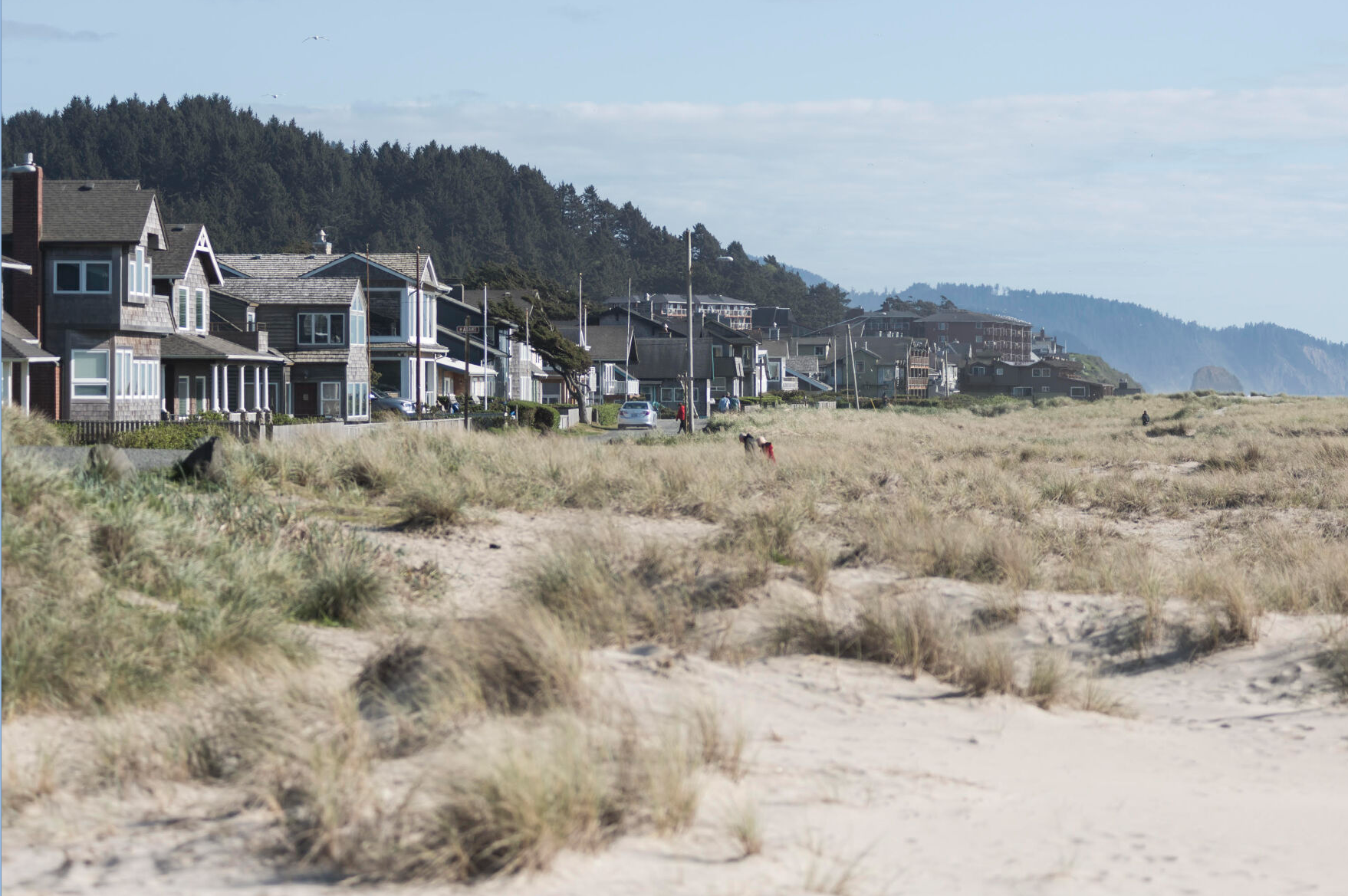Fish labeling is ‘COOL’ idea
Published 5:00 pm Wednesday, April 6, 2005
It’s dinnertime – do you know where your salmon fillets came from?
Trending
Consumers should now be able to answer that question with a “yes.”
As of last Monday, stores across the country are required to label their seafood products with information about the country it came from and whether it was wild-caught or farm-raised.
Many Oregon fishermen are hopeful that the country of origin labeling (COOL) laws – which apply to fresh or frozen seafood, but not canned or processed products – will encourage people to choose wild, local options. For others who ferry the fish from the boat to the plate, however, the laws mean a mountain of paperwork and record-keeping.
Trending
The fishing industry has been pushing for these labels for two decades, said Glen Spain, the Northwest Regional Director of the Pacific Coast Federation of Fishermen’s Associations.
“Fishing communities (on the West Coast) have built up a reputation for high quality seafood for nearly 100 years,” Spain said. “In the last 20 years, farmed fish have come and taken advantage of that product with an inferior product imported from other countries, because consumers can’t tell the difference.”
Local BenefitsLabeling will benefit communities like Astoria, he said, because people will know when they are supporting the local economy. If shoppers demand wild-caught salmon, it could increase the market for Northwest fishermen.
Labels could also win converts. If consumers enjoy one type of fish from America, but then buy something imported that isn’t as tasty, it could influence their buying habits, said Brad Pettinger of the Oregon Trawl Commission.
“I hope that people will buy American,” he said. “That’s the plan, that’s the hope.” He added that he has seen seafood mislabeled, including pink shrimp from Canada that are sold as Oregon pink shrimp, but that the COOL rules should help curtail that.
Other fishermen want to take the marketing even more local. Jon Westerholm, of the Columbia River Fishermen’s Protective Union, said he supports the country-of-origin laws, but is also hoping to focus on developing a market specifically for Columbia River fish, much like the Brand Oregon campaign has promoted products from around the state.
Keeping recordsStill, many fish processors feel the labeling law is a burden and could raise seafood prices, Rod Moore of the West Coast Processors Association said.
“It becomes a real processing and regulatory nightmare,” Moore said. Processors have to make sure everything is properly sorted and labeled so “you don’t have a single Canadian crab claw mixed in with your American crab claws.” It can also be a problem if, for example, a retail buyer wants to buy three different kinds of fish, and a processor can sell them two species from America but has to get the third from another country – labeling everything correctly and keeping records straight gets complicated.
“It drives people nuts,” Moore said. What the processors association would prefer, he said, is to establish a set of standards that could be used to identify American products, and then establish a voluntary system where companies could label their goods “Made in the U.S.A.” if they qualify.
However, Moore said that customers don’t pay attention to labels as much as they do price.
Still, for some local processors that only send out fish from neighboring waters, the rules aren’t that big of a deal.
“It’s not particularly a big change, we’ll just be sure we keep all our records,” said Steve Fick of Astoria’s Fishhawk Fisheries, which primarily processes crab, salmon and sturgeon. He’s been complying with the COOL laws for about half a year, he said, but the required records are similar to what he’s had to do before. “I don’t see it as a big transition really.”
On the other hand, Safeway has been preparing for the transition for more than a year, said Bridget Flanagan, the company’s director of public affairs for Oregon and Southwest Washington. It has had to overhaul the scale system so that the sticker printouts include COOL information, train seafood and meat department employees with a four-hour program, ship a file cabinet to each store to hold all the required records, and make sure the company’s vendors are in compliance with the laws.
“I can’t underestimate the enormity of this label law,” Flanagan said. She added that Safeway has “worked very hard so that we can be in compliance, and more important inform the consumer where the seafood comes from.”
Customers want local seafoodPeople inquired about the life history of fish and shellfish even before the law went into effect, both Flanagan and Sue Tarabochia, owner of Fish Landing Fresh Seafood Market in Astoria, said.
“They want fresh, local seafood,” Tarabochia said. “Some people are real adamant.”
Tarabochia doesn’t carry farmed salmon, and is strongly opposed to it, but said that the fishing seasons dictate what local products can be sold fresh from the ocean. She also explains to customers how some farmed products like shrimp can be harvested in a sustainable fashion, or how some fish only come from more tropical waters.
She said that the COOL regulations are a good thing: “I’ve been for it, because I’d rather support the U.S.” Similarly, if customers see that something is from America, they might be more likely to buy it, she said.
In general, American consumers have been buying much more seafood than before, especially when it comes to salmon. In the early 1990s, people ate an average of 0.72 pounds of salmon a year – now that number has tripled to 2.1 pounds a year, said Michael Morrissey, director of the Oregon State University Seafood Laboratory.
Although the influx of farmed salmon from Norway and Chile hurt the wild-caught salmon business a decade ago, fishermen realized that they have to market their product as being distinct.
“Farmed salmon is here to stay, and in some ways it’s really done a very good job of introducing a great fish to the average American person,” Morrissey said. “It’s up to the local salmon fishermen to take advantage of that and develop important niche markets.”
And, he said, the new COOL law is “another kind of tool in the kit that can only help in terms of the marketing.”









